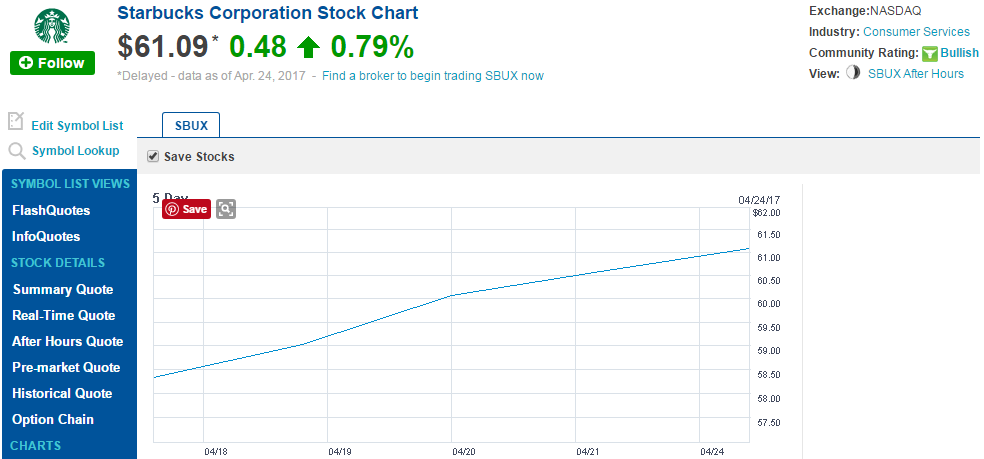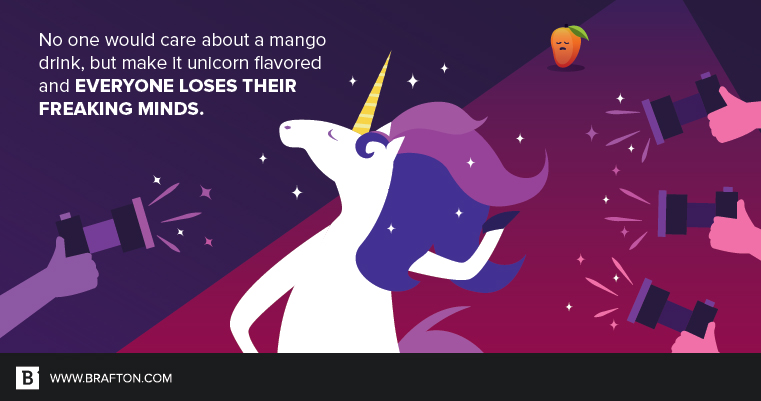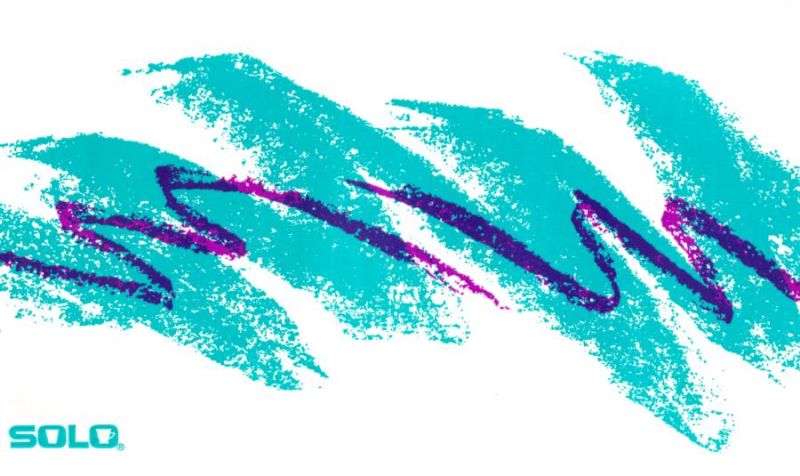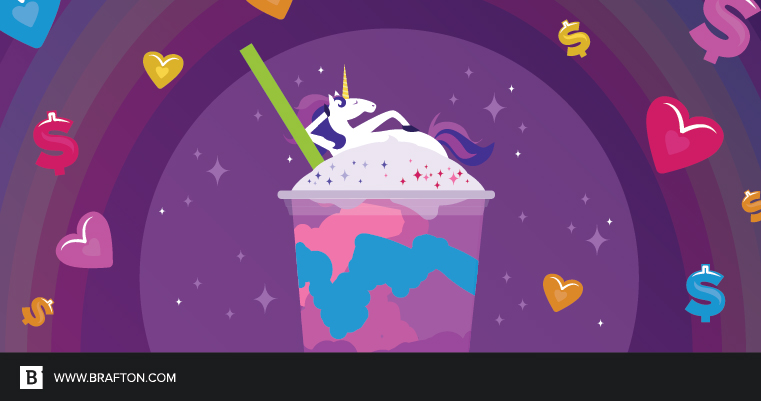In case you missed it, a pink tsunami took over social media (and offices across the country) last week. I’m speaking, of course, about the Unicorn Frappuccino.

Last week, Starbucks released this fruity beverage, and professionals and teens took notice. Around Brafton, even though marketing gimmicks don’t usually phase us, people were becoming anxious about missing out on this drink.
Direct quote I heard: “I don’t think I will like it, but I need to get one.”
And not everyone has liked it, but you can’t ignore the impact it has had on pop culture (and Starbucks’ stock price).
How did a mango (yes, it’s mango-flavored) drink transform into a perfect storm of demand as artificial as the pink and blue of the beverage that inspired it? Let’s take a look at why Starbucks was so successful at giving social media a shade of magenta for the past week.

The old with the new
In order to create a successful marketing strategy, you need to know your audience. Starbucks’ key demographics are professionals between 24-40 years old and students between 18-23 years old. There is an element of childish fun that accompanies this drink, which millennials sought out. Not surprising, as there have been a variety of products and campaigns that utilize cultural nostalgia in recent years.

Take the unicorn, the majestic, fantasy creature that adorns the bedroom walls of little girls across the country. If Starbucks merely released a limited edition mango drink, you would not get the same level of excitement. By making it unicorn flavored, people lost their freaking minds – literally: Baristas are crying because people are throwing temper tantrums over supplies running low.
Just to add to my nostalgia marketing conspiracy theory, compare the Unicorn Frappucino with this image:

Via: Gizmodo
This was the first thing I thought of when I saw the drink. The outside of the Frappuccino is an inverse of this ubiquitous cup design from the ‘90s. It could be coincidence, but I wouldn’t be surprised if some small inspiration was taken, creating a new but familiar look.
Driving demand through ephemeral marketing
A key component for this campaign was the tried and true limited time offer. This drink was only available for five days, immediately creating a sense of urgency. Offering a product that is desirable and then putting a time limit on it is marketing and sales 101, but it works.
Creating a social Frankenstein
Unlike your standard cup of coffee, the visuals of this drink are bold and do the heavy lifting in its appeal. The colorful design and name made it easy social fuel for consumers to show off to friends (and lend some serious influencer marketing to this campaign). The drink comes with a cultural medal, showing buyers as being up on what is happening in the world and who live a colorful, fun life. Combined with a limited time offer and you give people an incentive to get theirs quickly so they don’t miss out on the larger cultural experience.
Starbucks was able to tap into the social networks and communities that already consume its products to galvanize its brand advocates to show off this new product for them. Any time that you can have customers pay you to promote your products is a winning business model. The key is creating something that they will want to share.
#Media Starbucks' #unicornfrappuccino was more about social engagement than the actual drink. The #unicorn hashtag has 4.5M Insta mentions pic.twitter.com/22Nwp7Q9nV
— Shelby Ivey Christie (@bronze_bombSHEL) April 24, 2017
“The look of the beverage was an important part of its creation,” one Starbucks executive said, according to The Guardian. “Our inspiration came from the fun, spirited and colorful unicorn-themed food and drinks that have been trending in social media.”

The combination of a limited-time offer with a product that begged to be shared on social media added up to a very good week for Starbucks’ marketing team.
Now, when will this sugar headache go away? I’m not sure that “pink and blue” foods are part of a regular, healthy diet…




